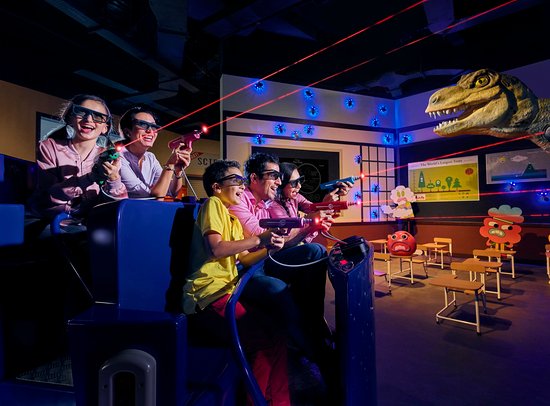

“We promised a new QLINE experience that provides reliable streetcar service, stronger connections to the institutions, shops, and restaurants along the route, and more open communication with our riders,” M-1 RAIL President Lisa Nuszkowski said. The initiative will offer rewards at retailers, restaurants and other institutions along the corridor. It also will launch a “rider-benefits” program to encourage residents, visitors and downtown workers to return to public transit.
#People mover free
On Wednesday, the QLINE streetcar service along Woodward announced it would extend a free fare pilot in place since it reopened in September. Capital needs of the rail service have historically been funded with federal dollars. The People Mover would work through the federal government and other partners to secure funding for the new cars. I’m not going to say it’ll look like the Jetsons, but pretty close.” “The vehicles used (today) aren’t made anymore,” he said. Mikel Oglesby, the city’s executive director of transit, oversees the Detroit Department of Transportation and the Detroit People Mover and told Detroit City Council during a budget hearing last week the capital upgrades, chiefly the new rail cars, are essential to keep the service viable. “New trains are the first priority for the long-term life of the People Mover,” he said. The existing cars are original to the system and only have about five years of useful life left. The most pressing, Bulluck said, is a new fleet of about a dozen rail cars, which would run $50-60 million. The People Mover commissioned an assessment last summer on the capital needs of the system. “We also recognize that there’s this branding piece that has to be tied in too as we look at major investment in the system over the next five years,” he said. The service is among the transit options in and around downtown that are putting increased emphasis on service connections, partnerships, free fares or other perks to attract and retain riders following an exodus of visitors prompted by COVID-19.įor the People Mover, Bulluck said the goal is to strengthen ties with community organizations, school systems and Detroit’s cultural institutions to offer free day passes or other draws for use.

“We’ll get a portion (of our riders) from transfers from one of those systems, but minus social and event activities the ability to connect the existence of the People Mover and the way it can afford a 3,000-foot view of the city is a bit unique.” “We recognize that for us to complement the services that DDOT and SMART already provide, we need to investigate where our riders come from,” he said.
#People mover for free
Limited service is set to resume for free in mid-April at nine of the People Mover stations and some stops will pilot QR code entry as officials hope to eventually do away with an antiquated token system, said Garry Bulluck, who heads the Detroit Transportation Corporation.īulluck said the city is aiming to boost ridership among residents and intends to study whether a regional transportation pass could be implemented to unify the People Mover with other modes of transit in Detroit, including DDOT and SMART buses or the QLINE. Plans to relaunch last fall were delayed amid testing, inspection and state certification. The low-fare landmark with 13 stops along its 2.9-mile track ceased operations two years ago amid the COVID-19 pandemic. A half-dozen rail cars will start rolling again in the coming weeks on the iconic elevated loop downtown, but upwards of $100 million will be needed to keep the People Mover going and relevant in the years to come.


 0 kommentar(er)
0 kommentar(er)
